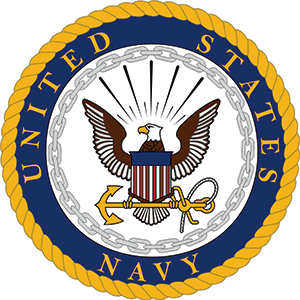
Washington: US Navy took another step toward building a fleet of robotic ships, awarding several shipbuilders contracts worth a cumulative $41 million to begin developing requirements and potential designs for a new class of Large Unmanned Surface Vessels (LUSV).
The LUSV has been the object of sustained interest from members of Congress wary of the Navy’s spotty track record of building first-in class ships, who’ve demanded the service take it slow and get its requirements in order before bending steel.
The ship is being envisioned as a critical part of a radically modernised fleet that will rely heavily on unmanned ships to scout ahead of manned vessels, conduct electronic jamming and deception, launch long-range missiles at targets found by other forces, and act as a picket line to keep Chinese and Russian ships and submarines away from American aircraft carriers, and far-flung bases.
The contracts are a mix of requirements analysis and alternative design approaches that will help the Navy figure out exactly what it wants, and avoid the ire of skeptical lawmakers who are watching the program closely.
The awards are part of the effort to take a relatively slow approach to buy the new ships, which are envisioned as coming in about 200 feet to 300 feet in length and having full load displacements of 1,000 to 2,000 tonnes. The idea is to use existing commercial ship designs to build low-cost, high-endurance, reconfigurable ships capable of carrying a variety of anti-ship and land-attack missiles.
The navy is using a mix of land-based prototyping and at-sea experimentation to build requirements for the LUSV, something it failed to do on the USS Gerald Ford, the first of the new Ford-class of aircraft carriers. That $13 billion ship has already gone over budget, and is years behind schedule, due to the lack of land-based testing for critical new technologies.
Navy spokesman Capt Danny Hernandez said the service “is pursuing this balanced approach in consultation with Congress and in part in response to Congressional concerns.”
The LUSV is following on the heels of the Medium Unmanned Surface Vessel program, which saw a $34.9 million contract award in July to L3 Technologies Inc for a prototype for what could be as many as 40 ships. The contract included an option for up to eight additional ships, making the contract potentially worth $281 million through June 2027.
As of now, the Navy isn’t prepared to deploy or sustain a new fleet of unmanned vessels, Capt. Pete Small, program manager for unmanned maritime systems said in May. “Our infrastructure right now is optimized around manned warships,” Capt. Small said. “We’re gonna have to shift that infrastructure for how we prepare, deploy, and transit” over large bodies of water before the navy begins churning out unmanned ships in greater numbers, he added.








